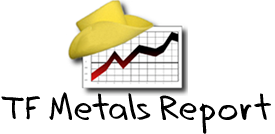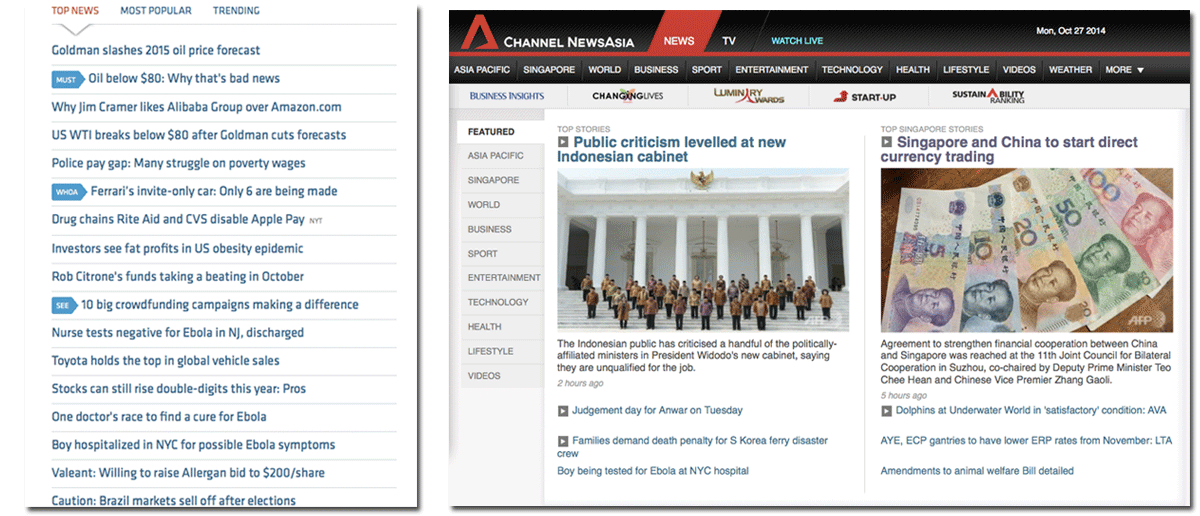 Natural systems show us only lower bounds to the possible, in cell repair as in everything else. – K. Eric Drexler, Engines of Creation, p. 105
Natural systems show us only lower bounds to the possible, in cell repair as in everything else. – K. Eric Drexler, Engines of Creation, p. 105
Our ability to create models – virtual realities – in our brains, combined with our modest-looking thumbs, has been sufficient to usher in another form of evolution: technology. That development enabled the persistence of the accelerating pace that started with biological evolution. It will continue until the entire universe is at our fingertips. – Ray Kurzweil, The Singularity Is Near: When Humans Transcend Biology (Kindle Locations 9409-9412; all subsequent references in this format refer to this source)
The combination of nanotechnology and advanced AI will make possible intelligent, effective robots; with such robots, a state could prosper while discarding anyone, or even (in principle) everyone. – K. Eric Drexler, Engines of Creation, p. 176
Along with the massive money printing and debt-laden economy our overlords insist we need, there is another economy, so to speak, that defies their intentions. In the world of technology the Keynesian horror known as price deflation is the overpowering fact. Far from bringing economic calamity, the accelerating growth of a widening range of technologies isproving resistant to the Keynesian virus of central bank inflation. And as these technologies merge with our minds and bodies in increasingly diverse and intimate ways, decentralize and revolutionize nearly every aspect of our economy and culture, the world as we know it today will disappear during our lifetimes. There are at least three reasons why today’s world will soon be ancient history: 1. The life force of capitalism (creativity, entrepreneurship, competition, free markets) is still alive, especially in information technology. Ray Kurzweil (March 31, 2011 interview): The smartphones we carry around in our pockets are a billion times more powerful – per dollar – than the computer I used at MIT in the late 1960s. They’re also 100,000 times smaller. In 25 years our cell phones will be the size of a blood cell and more powerful. (6:10)
2. Once a technology becomes an information technology it is subject to theLaw of Accelerating Returns, meaning it advances exponentially. Human biology and medicine historically progressed at a linear rate until they were transformed by information technology. When the government version of the Human Genome Projectbegan in 1990, for example, critics said it would take thousands of years to finish, given the speed at which the genome could then be scanned. Yet the 15 year project finished slightly ahead of schedule.
This post was published at GoldSeek on 27 October 2014.
 Lately, there has been much anguished consternation, especially among the tenured US economics professors (primarily those who make 6-digits or more per year) and of course, the Federal Reserve where as we revealed last week, at least 113 government workers make $250,000 (excluding bonuses) and thus all are confined within the cozy cocoon of America’s “1%ers”, about the so-called complete disappearance and collapse in inflation. So to help these ivory tower-confined individuals in their holy grail to rediscover the inflation that is more than felt by the rest of America, here are two simple charts.
Lately, there has been much anguished consternation, especially among the tenured US economics professors (primarily those who make 6-digits or more per year) and of course, the Federal Reserve where as we revealed last week, at least 113 government workers make $250,000 (excluding bonuses) and thus all are confined within the cozy cocoon of America’s “1%ers”, about the so-called complete disappearance and collapse in inflation. So to help these ivory tower-confined individuals in their holy grail to rediscover the inflation that is more than felt by the rest of America, here are two simple charts.



















 Follow on Twitter
Follow on Twitter
Recent Comments